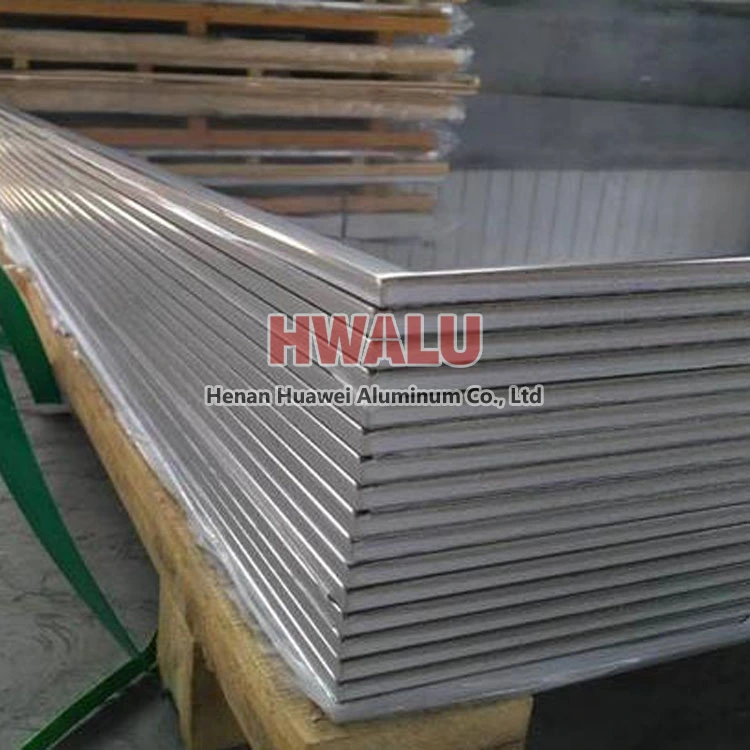PTP aluminum Blister foil parameter Alloy 1235, 8011, 8021 etc Temper O( HO ), H18, etc Width 300mm, 600mm, etc Thickness OP: 0.5 - 1.5 g/m2 Aluminum foil: 20 micron ( 0.02mm ), 25 micron ( 0.025mm ), 30 micron ( 0.3mm ) etc HSL ( VC ):3 - 4.5 gsm Primer: 1gsm Surface treatment Laminated, printing, Single bright side, etc What is ptp aluminum blister foil ...
What is Aluminum Foil? Aluminum Foil Roll Aluminum foil roll for aluminum foil refers to a raw material used to produce aluminum foil, usually an aluminum foil roll with a certain width and length. Aluminum foil is a very thin aluminum material, its thickness is usually between 0.005 mm and 0.2 mm, and it has good electrical and thermal conductivity and corrosion resistance. Aluminum foil jumbo rolling Aluminu ...
Cigarette aluminum foil parameters Alloy: 3004 8001 Thickness: 0.018-0.2mm Length: can be customized according to customer needs Surface: One side has a high light emissivity, and the other side has a soft matt finish. what is the metallic paper in a cigarette box The metallic paper in cigarette packs is aluminum foil. One is to keep fragrance. Aluminum foil can prevent the smell of cigarette ...
What is aluminum foil for tablet packaging Moisture-proof, anti-oxidation and light-proof properties: Aluminum foil for tablet packaging has excellent moisture-proof, anti-oxidation and light-proof properties, which can effectively protect medicines from moisture, oxygen and light, thereby prolonging the shelf life and validity period of medicines. Good adhesion: Aluminum foil for tablet packaging has excelle ...
What is aluminum foil for wrapping Aluminum foil for wrapping is a thin, flexible sheet of aluminum that is commonly used for wrapping food items or other objects for storage or transportation. It is made from a sheet of aluminum that has been rolled out to a desired thickness and then processed through a series of rollers to give it the desired strength and flexibility. Aluminum foil for wrapping is availabl ...
What is 5052 alloy aluminum foil? 5052 aluminum foil is a common aluminum alloy material, which is composed of aluminum, magnesium and other elements, and has the characteristics of medium strength, good corrosion resistance and weldability. It is a common aluminum alloy material for industrial use, usually used in the production of fuel tanks, fuel pipelines, aircraft parts, auto parts, building panels, etc. 5 ...
Cast-rolled aluminum foil production process Aluminum liquid, aluminum ingot -> Smelt -> Continuous roll casting -> Winding -> Cast roll finished product Plain foil production process Plain foil -> Cast-rolled coil -> Cold rolled -> Foil rolling -> Slitting -> Annealing -> Plain foil finished product The manufacture of aluminum foil is similar to making pasta at home. A large b ...
After printing and coating, aluminum foil paper and cash register paper need to be post-printed and slit on a slitting machine to cut large rolls of semi-finished products into the required specifications. The semi-finished products that run on the slitting machine are an unwinding and rewinding. This process includes two parts: machine speed control and tension control. The so-called tension is to pull the al ...
Nowadays, many female companions attach great importance to beauty and skin care. Women who are busy with their lives and work often use facial masks for skin care, which can provide sufficient nutrients for the facial skin and make the skin healthier and more energetic. With the increasing demand for facial masks, many manufacturers now make and produce facial masks. In order to improve the storage time of facia ...
The performance differences between 3003 aluminum foil and aluminum plate are primarily related to its physical and mechanical properties and its intended application. Here are some of the main differences in performance: Formability: 3003 Aluminum Foil: 3003 aluminum foil is highly formable and can be bent, formed and folded easily. It is often used in applications that require flexibility and ease of mold ...
In the production of double foil, the rolling of aluminum foil is divided into three processes: rough rolling, intermediate rolling, and finishing rolling. From a technological point of view, it can be roughly divided from the thickness of the rolling exit. The general method is that the exit thickness is greater than Or equal to 0.05mm is rough rolling, the exit thickness is between 0.013 and 0.05 is intermediat ...
Is the aluminum foil in the oven toxic? Please pay attention to the difference between the oven and the microwave. They have different heating principles and different utensils. The oven is usually heated by electric heating wires or electric heating pipes. Microwave ovens rely on microwaves to heat. The oven heating tube is a heating element that can heat the air and food in the oven after the oven is pow ...








